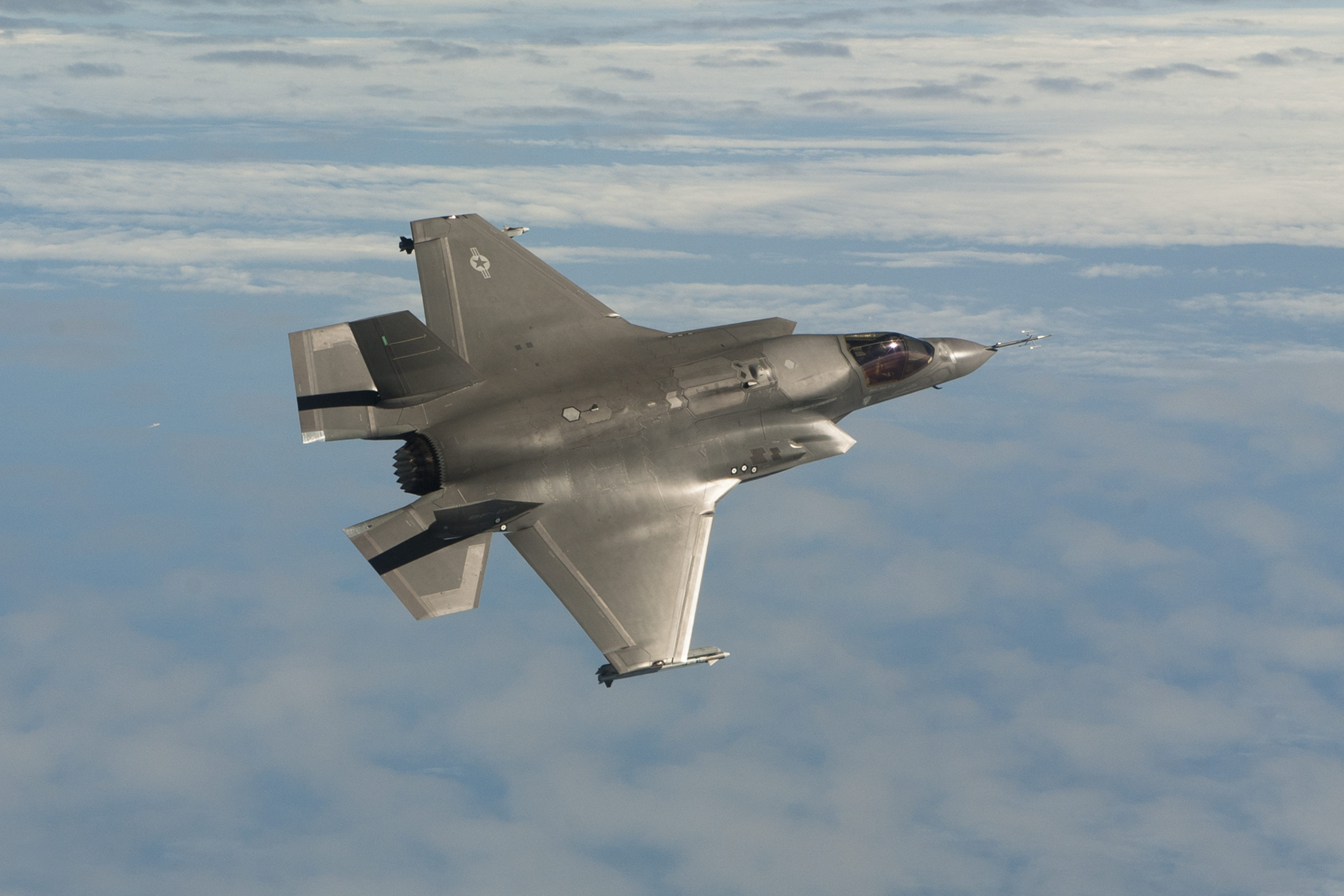
Pentagon Still Confident In Weapons After China Design Hack
The Pentagon attempted to allay fears Tuesday it had lost an edge in technology development following a Monday revelation China…
Copyright 2024 U.S. Naval Institute. All Rights Reserved.